Turnaround in takahē's fortunes
The Takahē Recovery Programme is the longest running threatened species conservation programme in New Zealand, and it has just run into a problem - albeit the best kind of problem to have. It has too many birds and not enough safe homes

Photo: RNZ / Alison Ballance
New Zealand's birds of prey
Veteran falconer Debbie Stewart has spent decades dedicated to the New Zealand birds of prey. She is the founder of the conservation and research organisation Wingspan.

Photo: supplied
The hidden world of fungi and traditional Māori uses
Mycologist Peter Buchanan has recently done some work hoping to safeguard ancestral Māori knowledge of native fungi but says people should avoid experimenting with eating them.
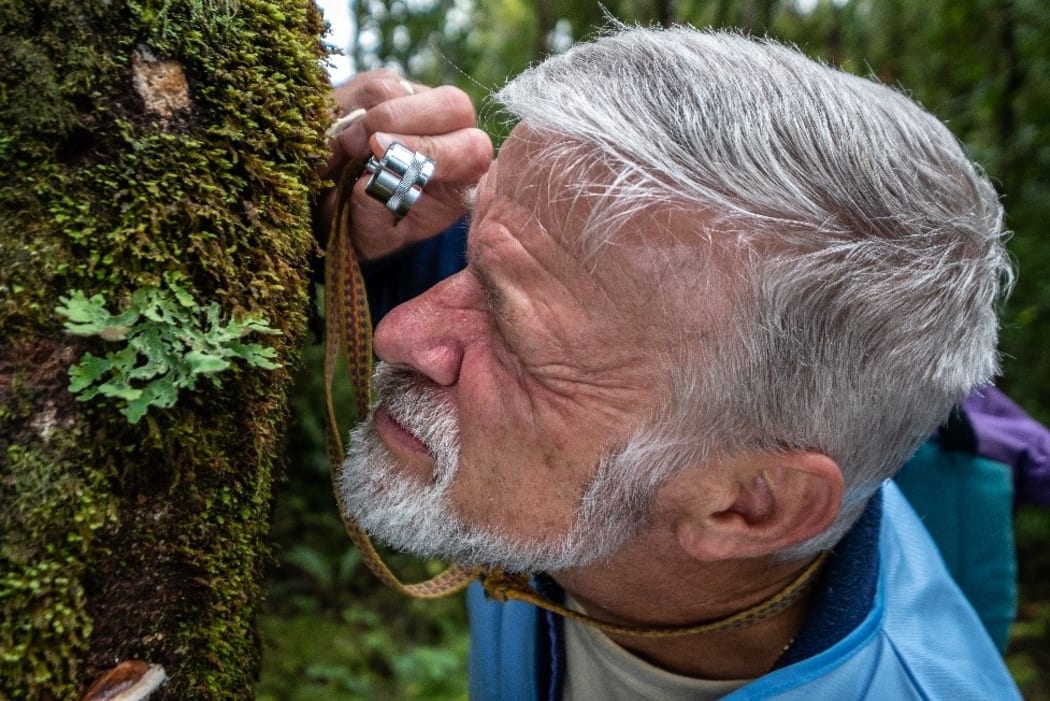
Photo: Supplied
NZ native trees? There's an app for that
You can now identify New Zealand's native shrubs, ferns and trees on the go thanks to the free app NZ Tree, developed at Auckland University of Technology.
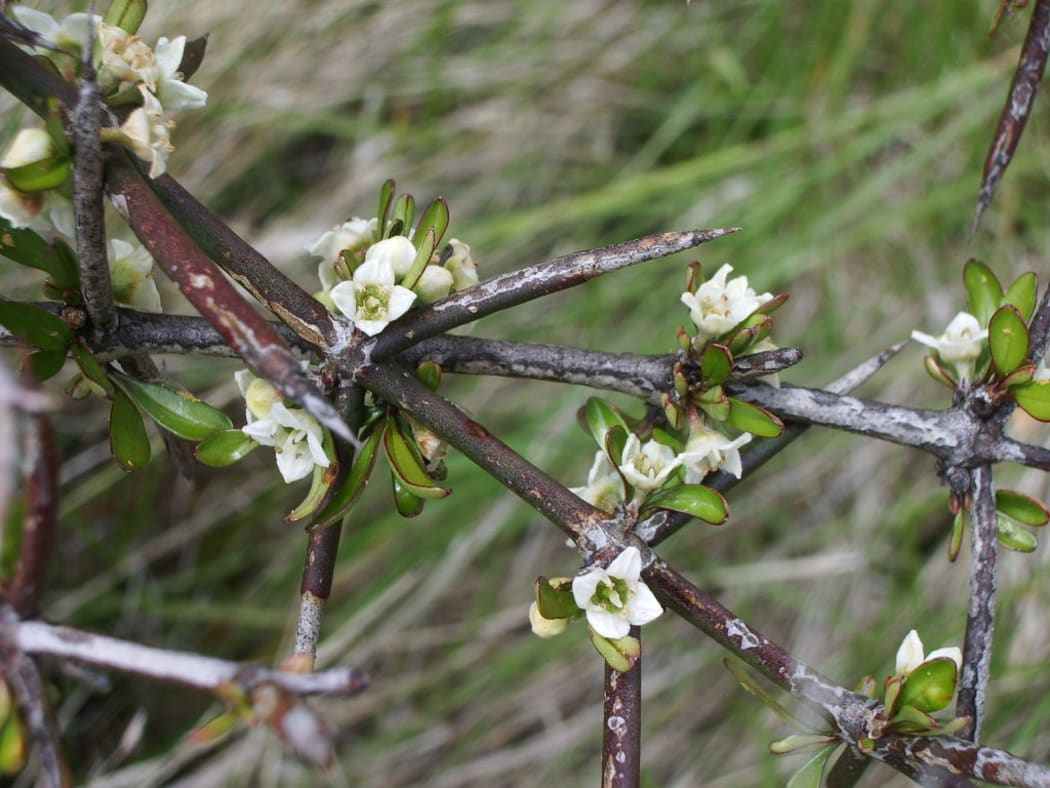
Matagouri (aka wild Irishman / Discaria toumatou) Photo: Public domain
Modern skincare with traditional Māori remedies
Former police officer Lee Tane and his wife Trina produce a range of rongoā-based skincare products in their whānau kitchen. Justine Murray pays a visit to the Waikato home of NOA Essentials.
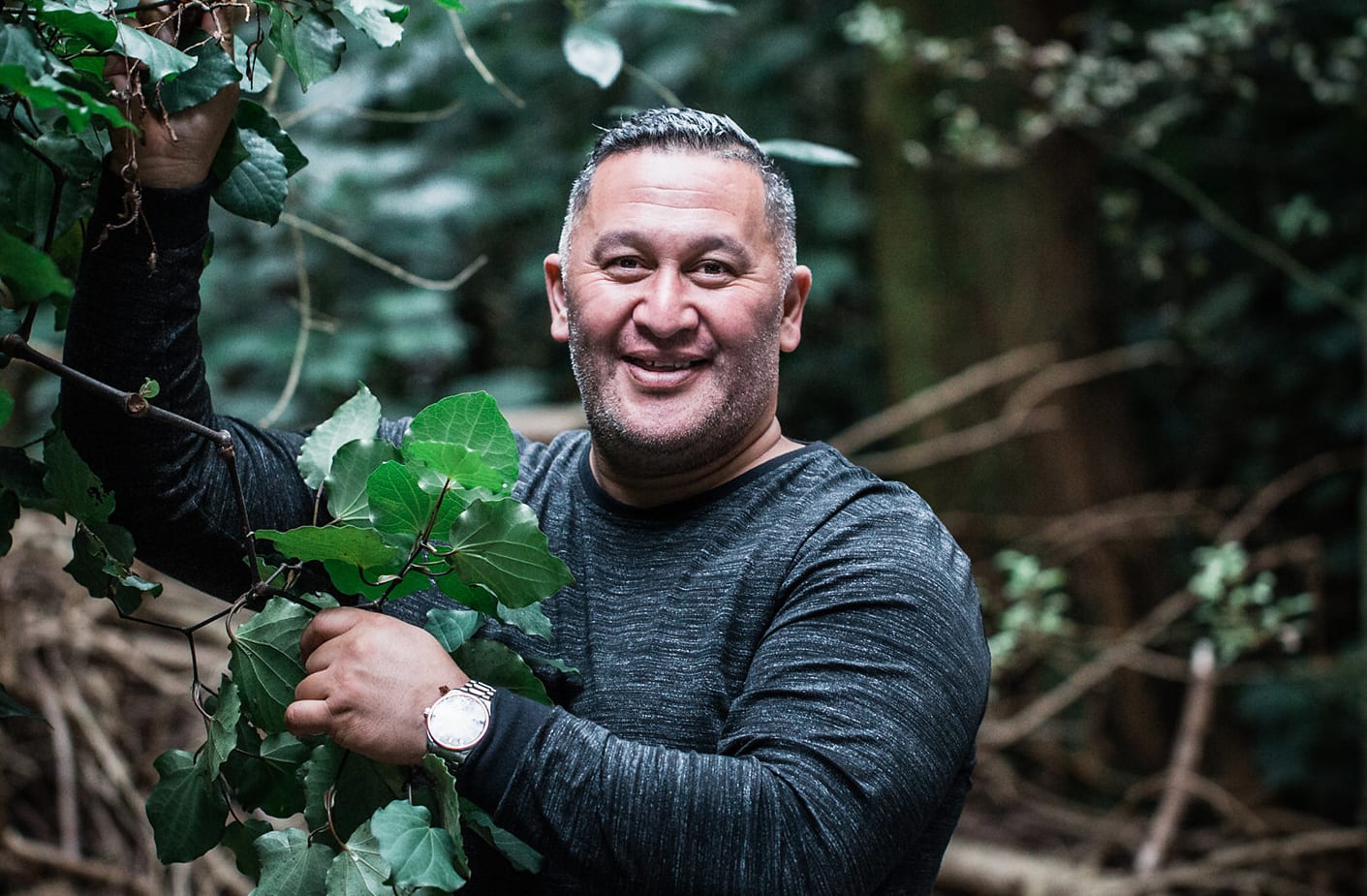
Photo: supplied - Trina Edwards
Reviving Māori plant knowledge
Journalist Rob Tipa wrote the new book Treasures of Tāne: Plants of Ngāi Tahu to illuminate the many traditional uses for native plants of the South Island.
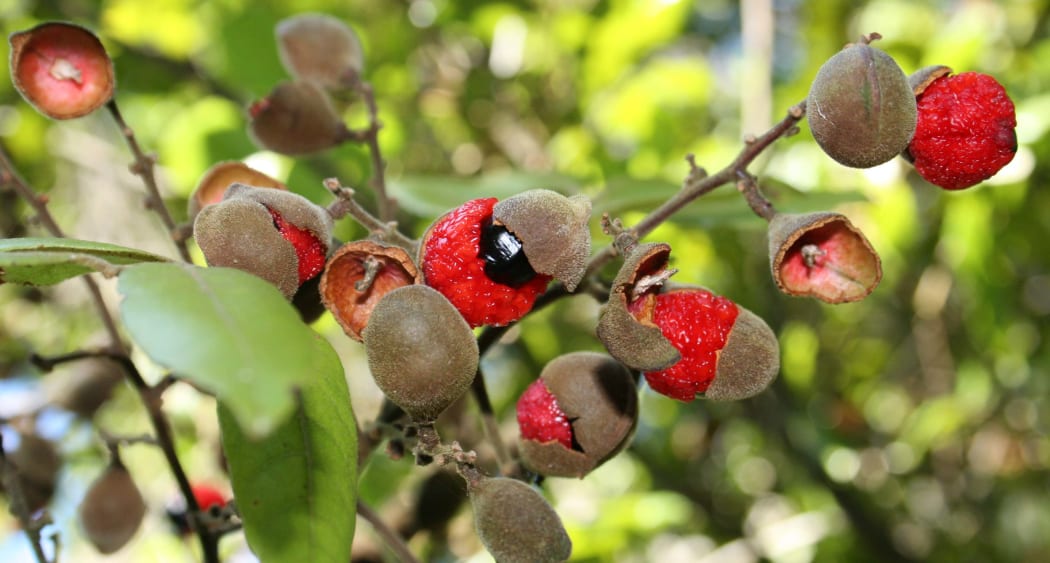
The tītoki tree Photo: Public Domain
Capital Kiwi: the community-led project bringing wild kiwi back to Wellington
Reintroducing wild kiwi to Wellington within the next five years is no doubt an ambitious plan but it's also achievable, says Paul Stanley Ward, the founder and leader of the conservation project Capital Kiwi.
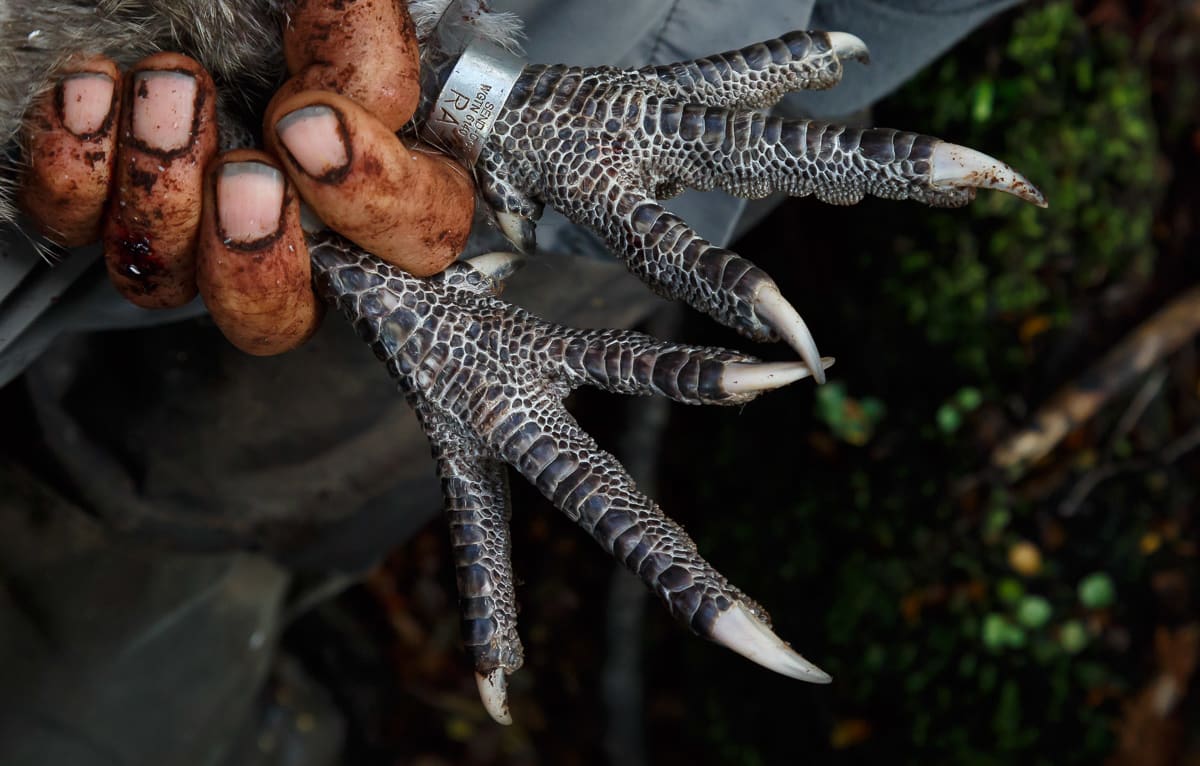
Photo: Ruedi Mosimann
NZ's most wanted pest: wasps
Invasive 'social' wasps put major pressure on New Zealand's biodiversity and cost the economy an estimated $130 million every year. This Way Up investigates.
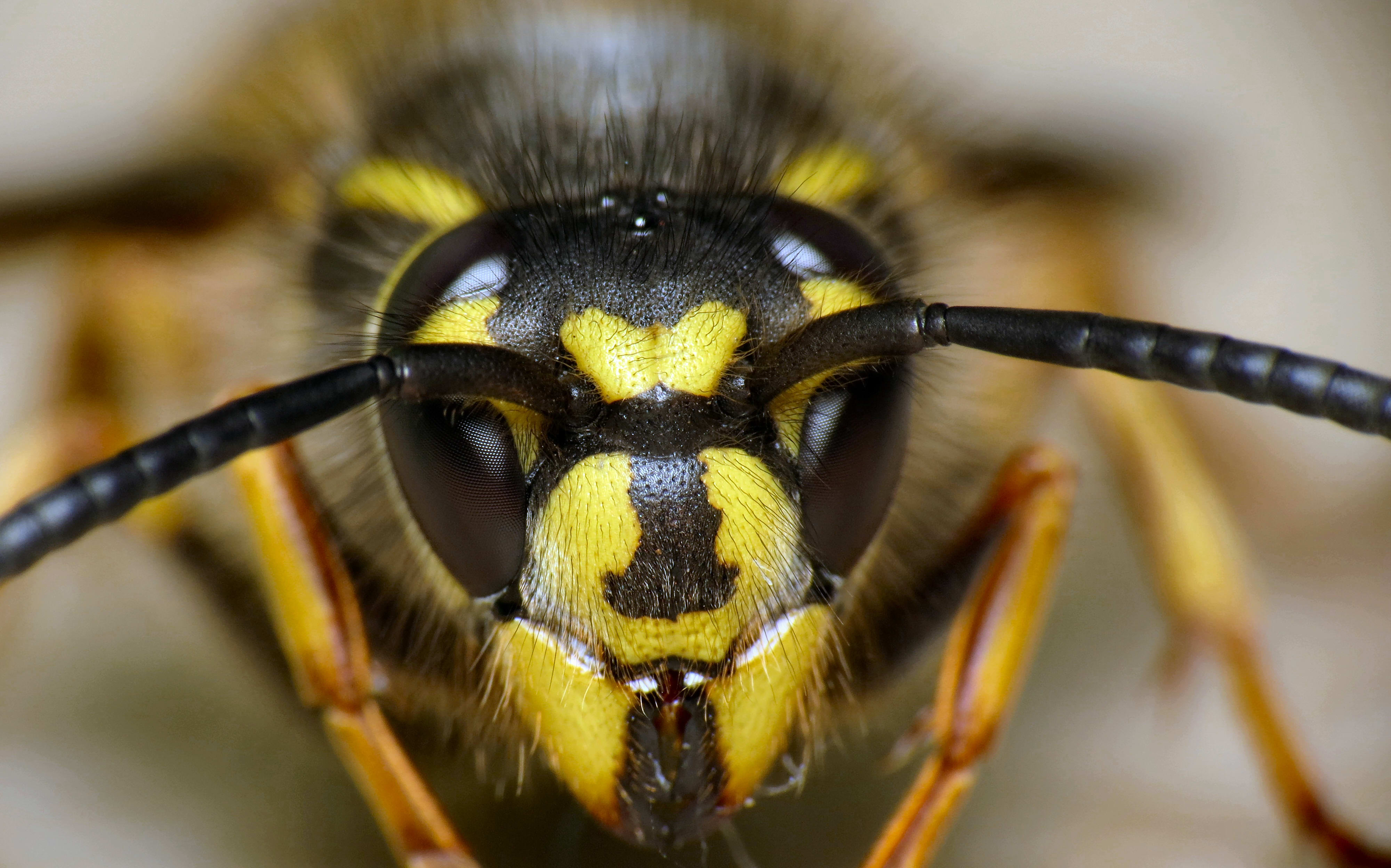
Photo: CC BY 2.0 Martin Cooper
Native birds doing well in Wellington
Plentiful urban bush and an enthusiastic network of neighbourhoods that are trapping rats and stoats as part of Predator Free Wellington are contributing to a renaissance in native forest bird numbers in the city’s parks and gardens.
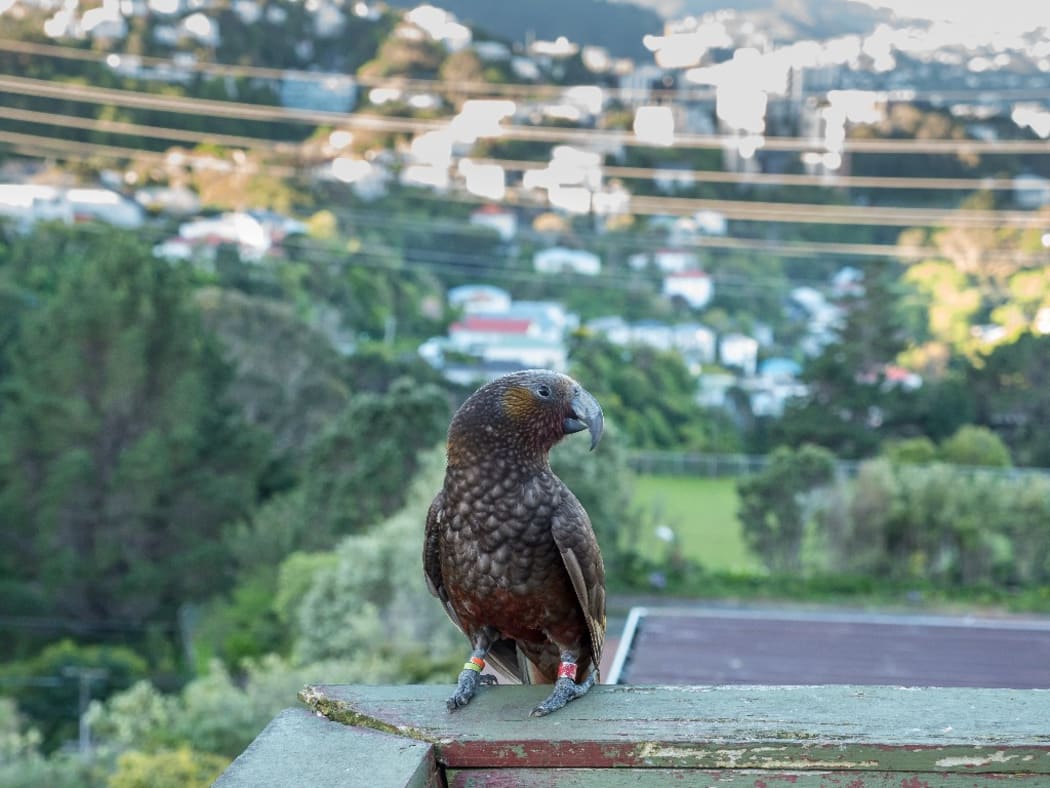
Kaka in Wellington City. Photo: Judi Lapsley Miller
ZIP project: New tech to eliminate predators from mainland NZ
The Zero Invasive Predators, (ZIP) project was set up to develop innovative technologies to completely remove rats, possums and stoats from large mainland areas, and then defend those areas from reinvasion. It's now is on its way to eradicating predators from 12,000 hectares of Westland, using a combination of rivers, AI cameras, animal psychology and egg mayonnaise.
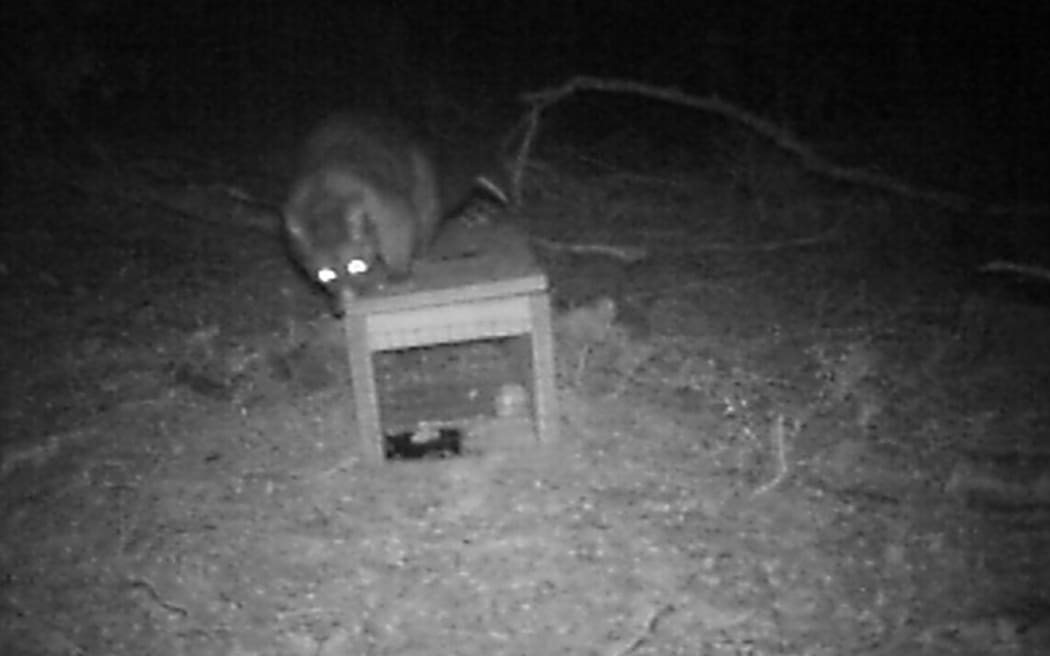
A possum caught on a DoC motion sensor camera. Photo: DoC

